News
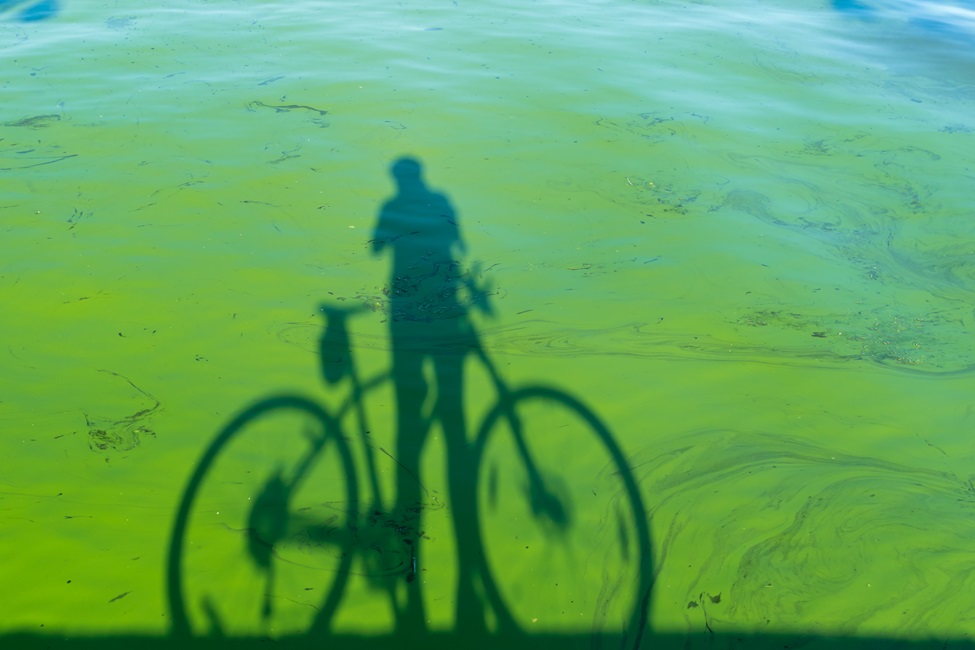
December 07, 2023
FAU researchers are seeking additional participants in Cape Coral for a study evaluating the potential impacts of exposure to harmful algal blooms.
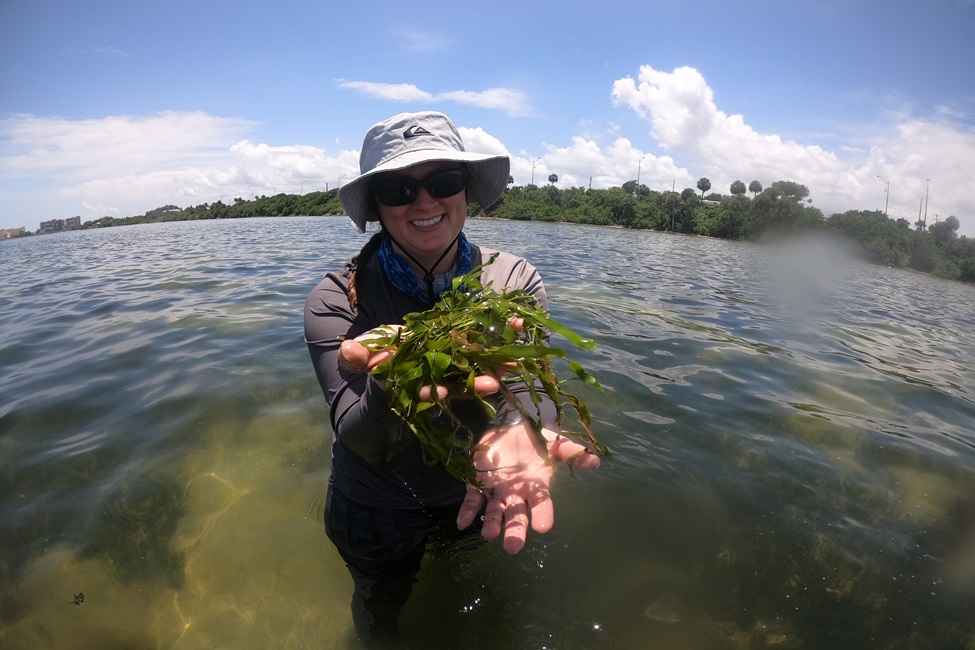
December 05, 2023
A long-term FAU Harbor Branch study shows since 2011, parts of the Indian River Lagoon's benthic cover has changed from primarily seagrass until 2015, to primarily the green macroalga C. prolifera after 2018.
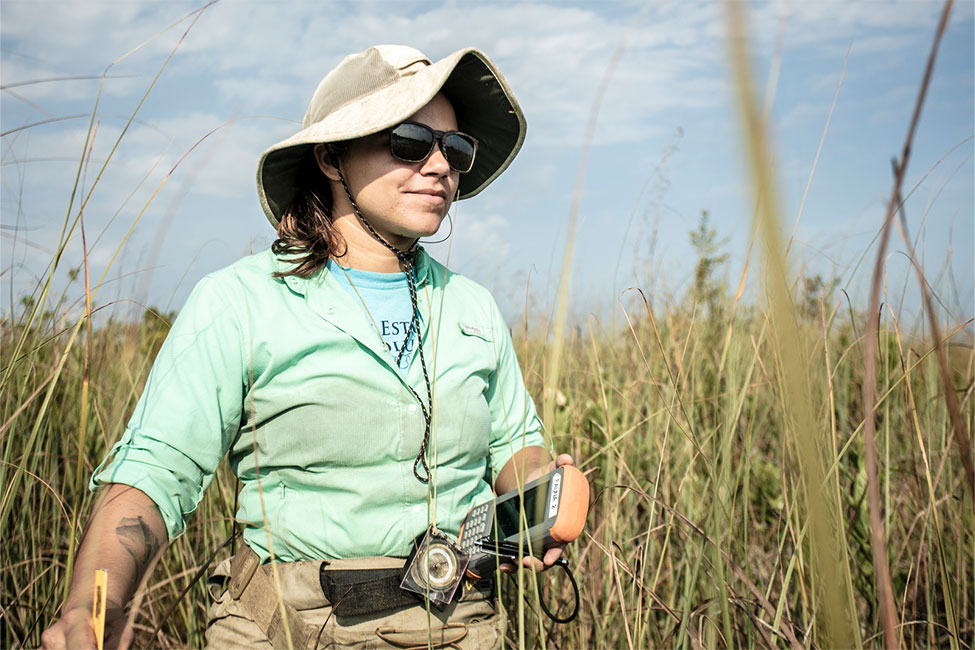
October 25, 2023
FAU has launched its new School of Environmental, Coastal, and Ocean Sustainability (ECOS), creating a comprehensive environmental hub at the university.

October 16, 2023
Researchers from Florida Atlantic University evaluating potential impacts of exposure to harmful algal blooms.
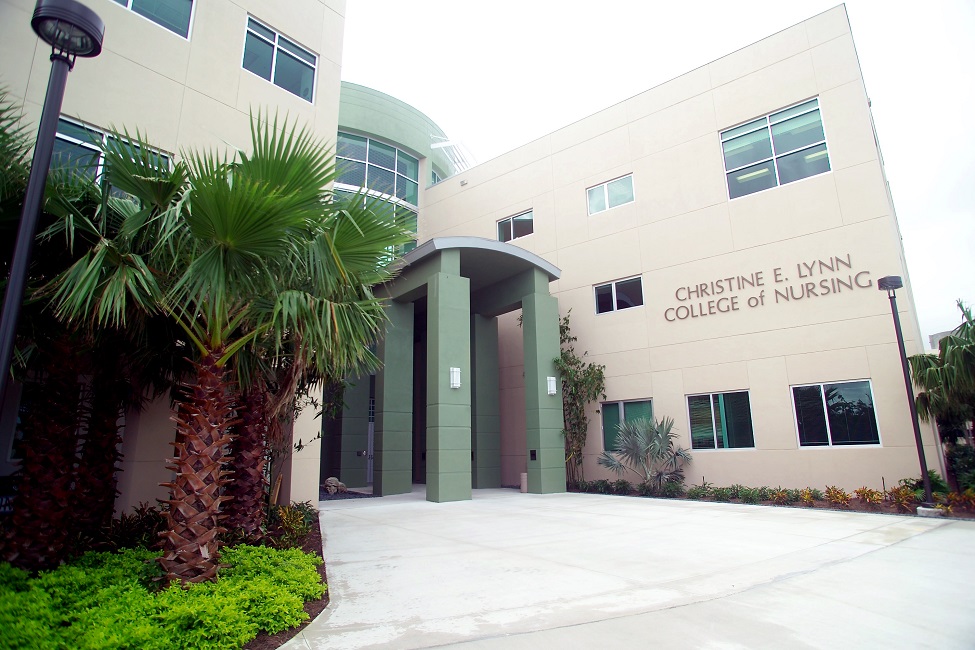
October 06, 2023
FAU's Christine E. Lynn College of Nursing has received accreditation from the American Nurses Credentialing Center as an accredited provider of Nursing Continuing Professional Development.

September 11, 2023
FAU Harbor Branch's Bing Ouyang, Ph.D., has received a patent for a new invention about the size of a soda can, which is a potential gamechanger in advanced underwater imaging technology.
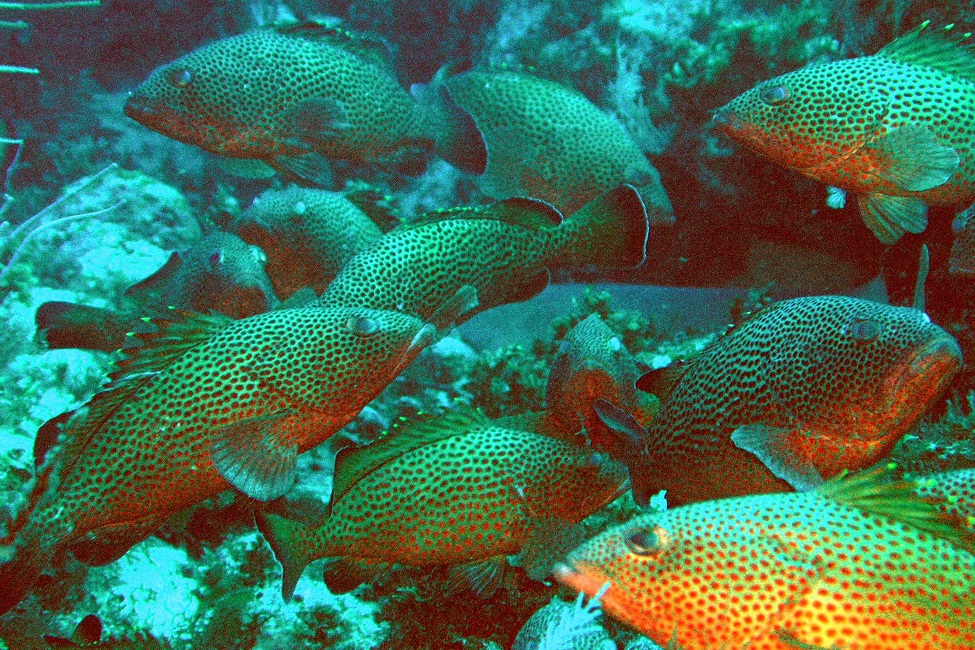
August 09, 2023
FAU Harbor Branch researchers deployed an autonomous, passive acoustic platform to survey marine protected areas on the western shelf of Puerto Rico during grouper reproductive seasons.
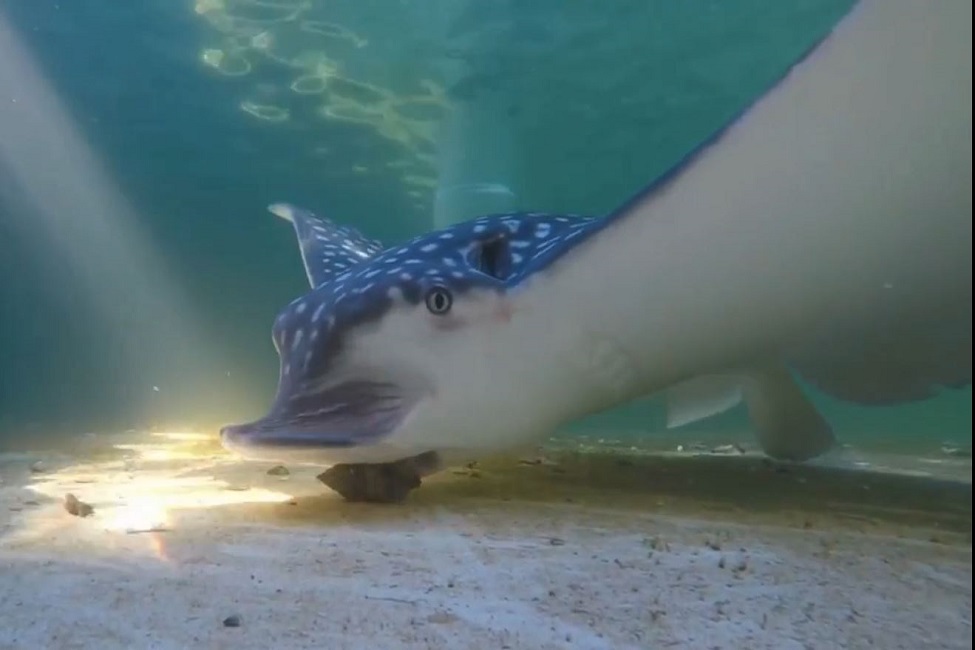
August 01, 2023
FAU Harbor Branch researchers are the first to uncover the finer-scale feeding patterns of the whitespotted eagle ray in U.S. coastal waters.
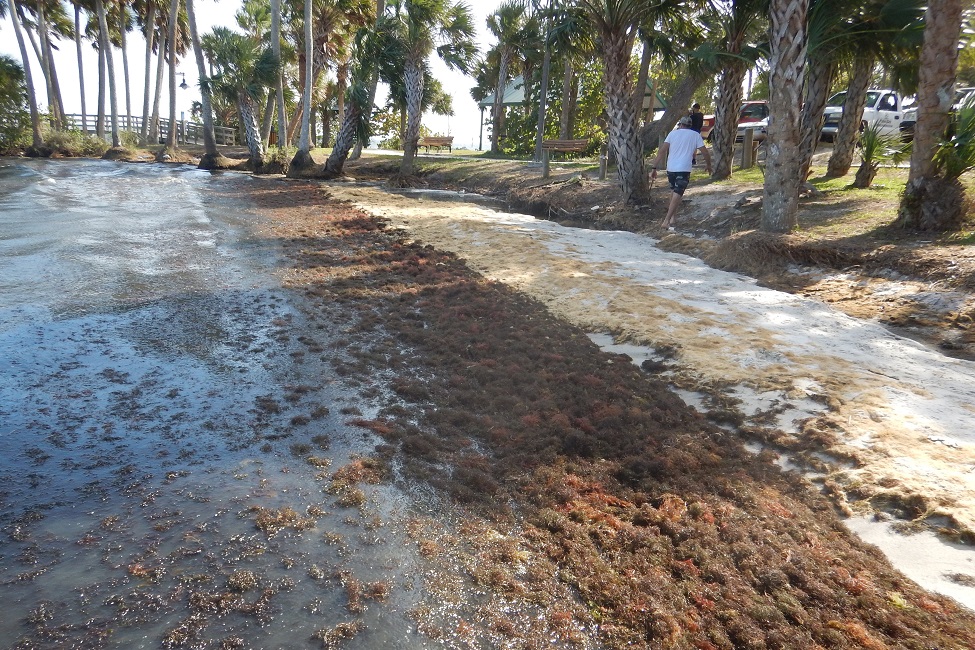
July 18, 2023
FAU Harbor Branch researchers compared water quality in Florida's Indian River Lagoon "pre" and five-years "post" fertilizer bans, revealing sewage, not fertilizer is the root cause of environmental issues.
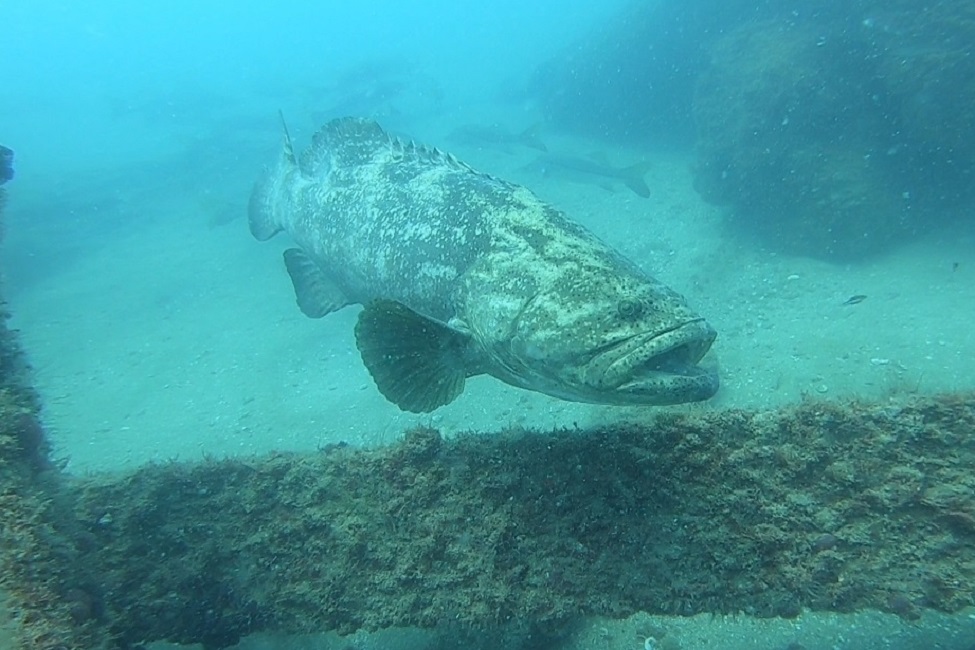
June 28, 2023
FAU researchers deployed a novel automated detector and localization model to find underwater marine organisms using their low-frequency pulse sounds to illustrate their detailed behavior.